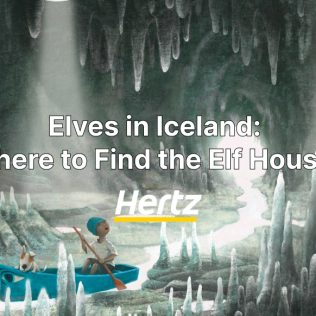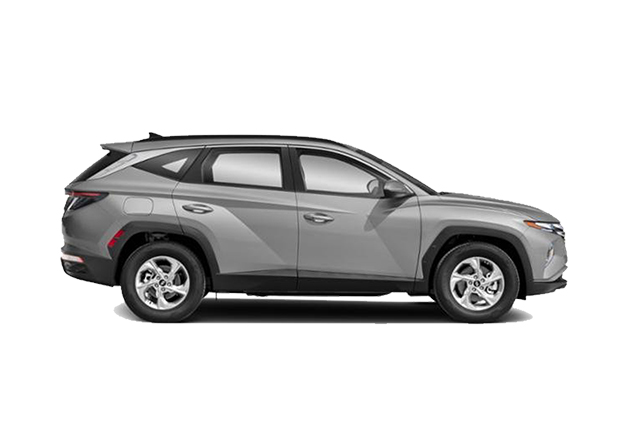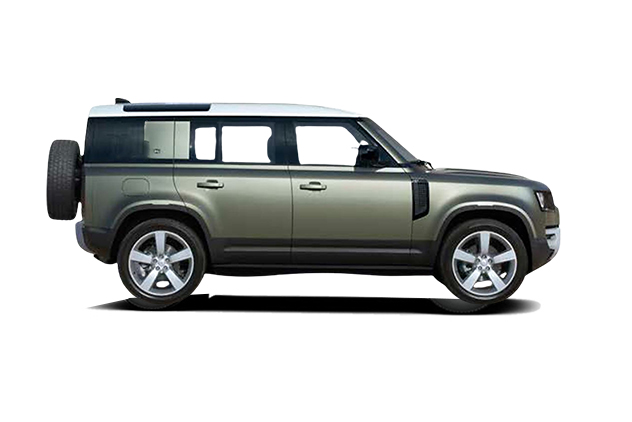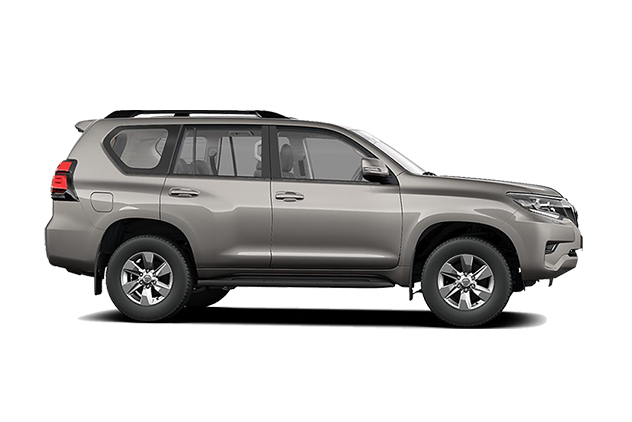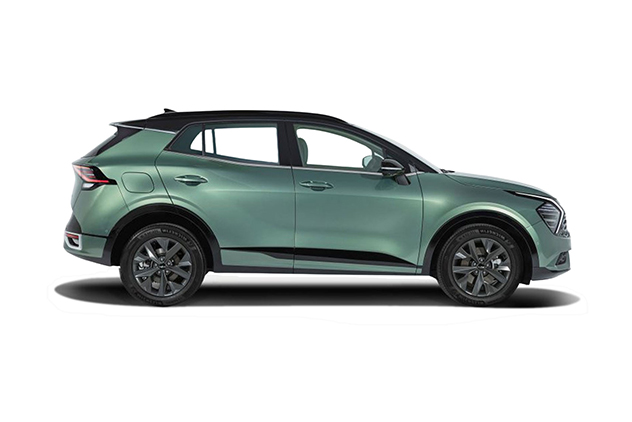Do Icelanders Believe In Elves? Iceland is a country shaped by folklore and myths. Much of Icelandic culture is rooted in superstitious beliefs, legends, and stories, many of which are connected to iconic landmarks around the country.
One of the most interesting aspects of Icelandic folklore is the belief in elves, also called “huldufólk” (hidden people), which is still prominent today. In this article, we will explore the fascinating world of elves in Iceland, including their history, types and where you can find their hidden dwellings.
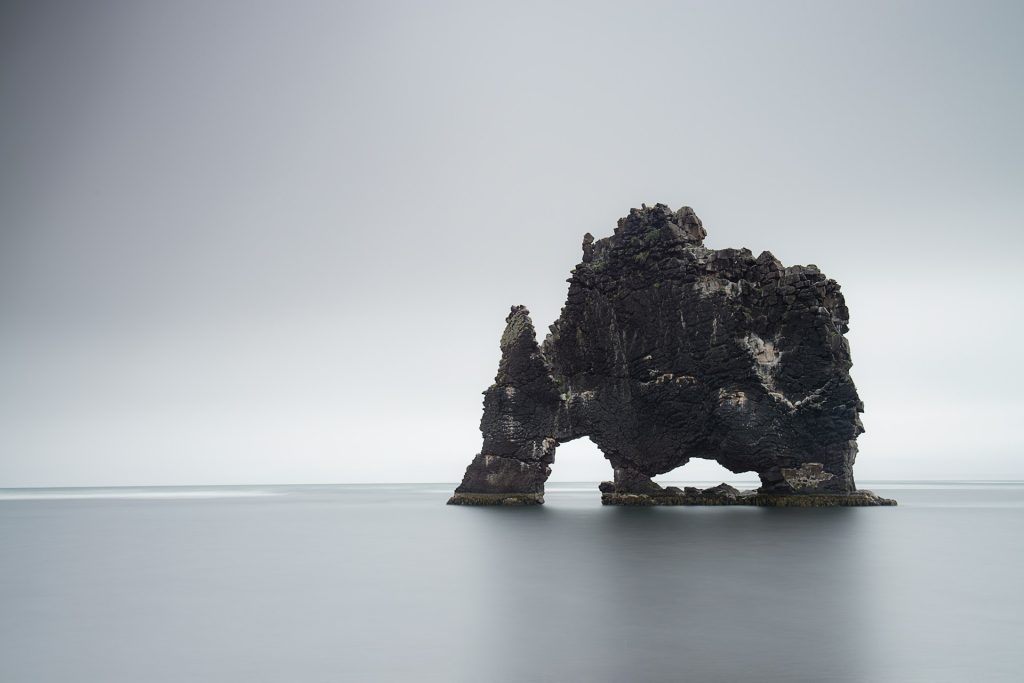
Do Icelanders Believe in Elves?
In Iceland, elves are not just fairy tale characters but an integral part of cultural history. A 2022 survey found that 31% of Icelandic people still believe elves and hidden people, and 11% say they don’t know for sure. It also found that significantly more women than men, along with Icelanders over the age of 55 believes in elves’ existence.
Brief History of Elves in Iceland
People often see elves as guardians of the land, promoting a respectful attitude towards the preservation of nature. The belief in elves dates all the way back to the Viking Age, brought to the island by Norse and Celtic settlers.
These tales of elves slowly evolved and changed, influenced by Iceland’s mysterious landscape. Many of Iceland’s unique natural phenomena have been explained through supernatural beings, such as rock formations, lava fields, and the northern lights. Even drownings and mysterious disappearances have been linked to mystical beings. Elves are believed to inhabit rocks, hills, and hidden places, leading to a tradition of respecting these sites, as disturbing them is said to bring bad luck.
One of the earliest mentions of elves in Icelandic literature can be found in the Poetic Edda, a collection of Old Norse poems from the medieval manuscript Codex Regius. These poems, written in the 13th century, describe elves as being divine or semi-divine beings, linked to nature and fertility.
As Christianity spread throughout Iceland during the 11th century, the church attempted to put an end to pagan beliefs. However, the belief in elves remained, blending with Christian traditions to form a unique folklore that endures to this day. Elves were often attributed with powers of healing and protection. For instance, there are stories of people receiving aid from elves during times of illness or hardship.
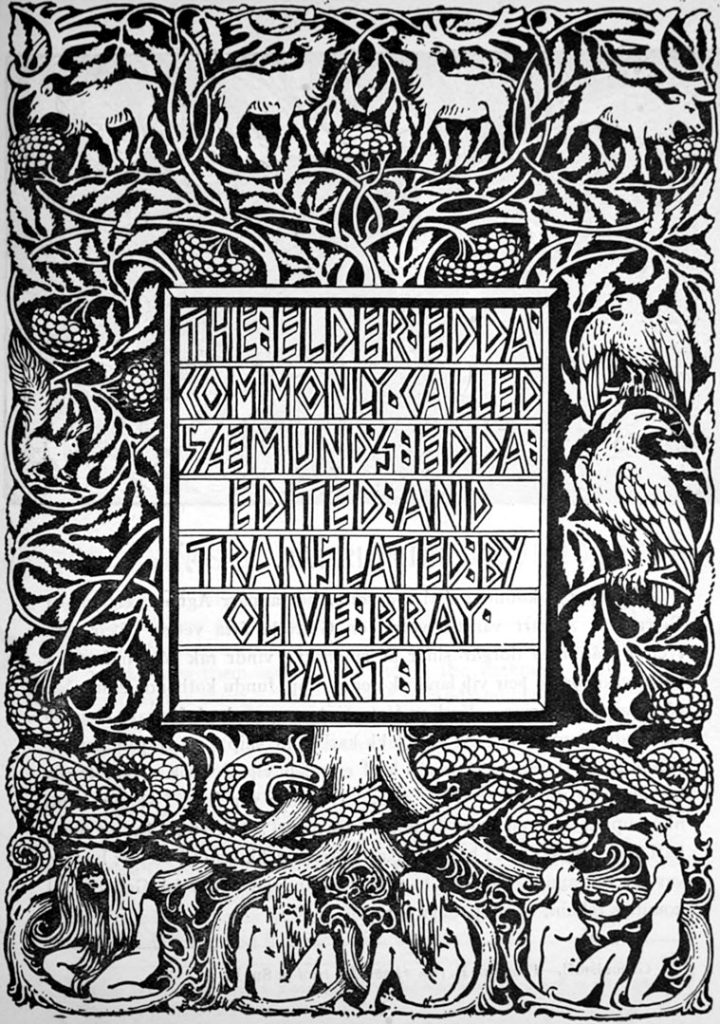
Typical Types of Elves in Icelandic Folklore
Different from the classic pointy-ear elves that we know from popular culture, Icelandic folklore features various types of elves, each with their own unique magical traits. Here are some of the most common:
Light Elves (Ljósálfar): Light Elves are known for their fair skin, elegant beauty, and good nature. They are often described as tall, and graceful, and thought to possess an inner light that makes them appear to glow.
Light Elves are associated with helping humans and offering aid or guidance in times of need, promoting growth. For example, there are tales of farmers who found their crops thriving and livestock healthy after making offerings to Light Elves. Light Elves live in Álfheim, a realm ruled over by the god Freyr, and are said to be fond of music and the arts.
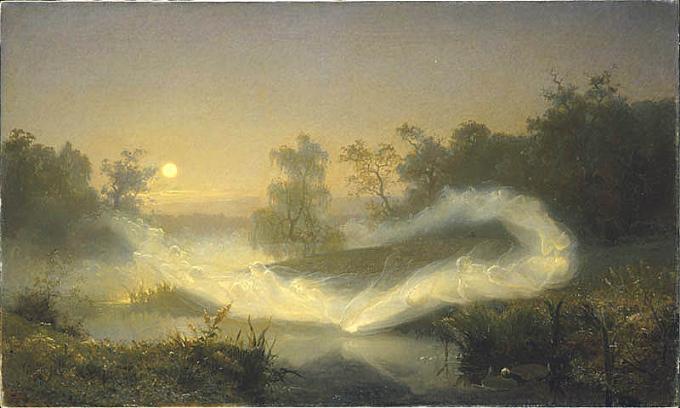
Painting by August Malmström
Dark Elves (Dökkálfar): More mysterious and shifty, Dark Elves live underground or in hidden places. They are not necessarily evil but can be more mischievous and less friendly than the Light Elves. They prefer to stay away from humans unless they are disturbed, said to inhabit caves, underground passages and ancient lava fields.
Specifically, they live in a subterranean realm called Svartalfheim. Dark Elves are often depicted as shorter and much darker than Light Elves, described as blacker than ink. While they can sometimes be helpful, they are also known for their trickery.
Household Elves (Húsvættir): Household elves are believed to live around human homes, assisting in household chores and protecting the household. In return, they expect to be treated with respect and receive small offerings left out for them, such as food or drink.
Folklore has many stories of house elves that formed mischievous, but harmless bonds with humans, playing pranks or borrowing household items. They are typically invisible to humans, but their presence is felt through things like unexpected tidiness or a sudden sense of peace in the home.
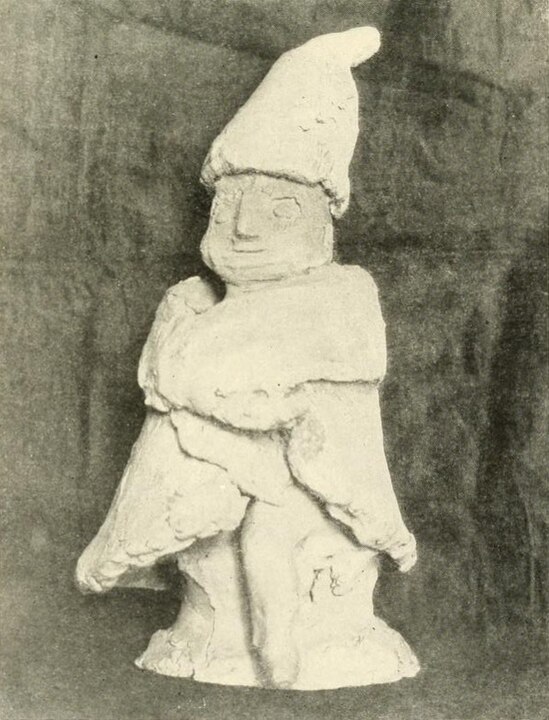
Iceland Also Has Trolls
In addition to elves, Icelandic folklore also has many tales of trolls. They may sometimes be lumped together with elves, but there are many differences between the two. Trolls are usually portrayed as large, slow-witted creatures made out of rock or earth.
They are easily outsmarted by humans. While they aren’t necessarily ‘evil,’ they can be destructive and prone to temper tantrums, causing havoc in human settlements. There are many stories of trolls being turned to stone by sunlight, explaining many of the strange rock formations around Iceland, some of which are actually named after trolls.
A famous example is the Reynisdrangar sea stacks, where legend says they were trolls caught trying to drag a ship ashore.
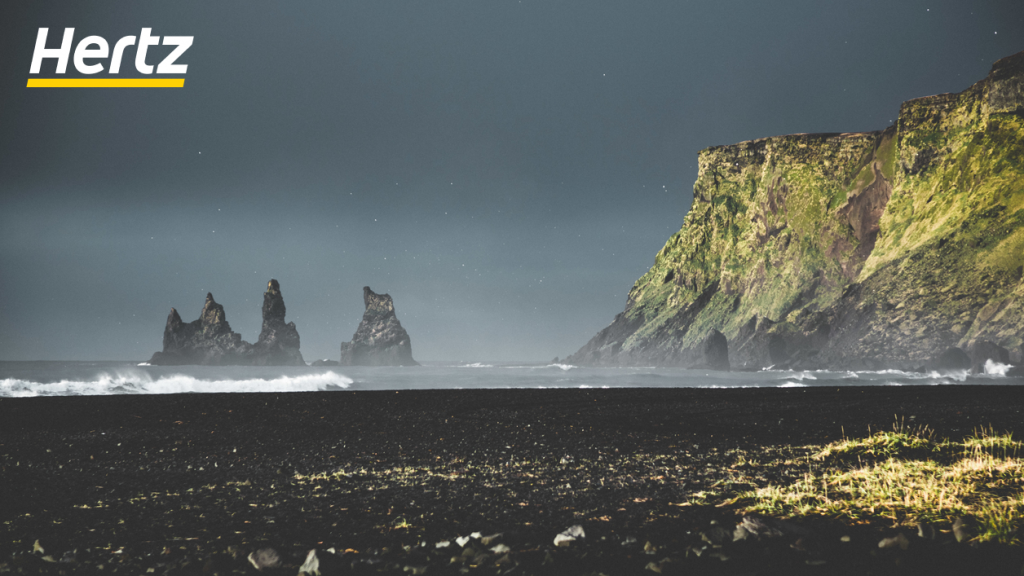
Grýla and the Yule Lads
Grýla is probably the most famous troll in Icelandic folklore. She lives in a mountain cave and is said to come down during Christmas to abduct misbehaving children and cook them in her pot.
Grýla is accompanied by her thirteen mischievous sons, known as the Yule Lads. Each Yule Lad has his own unique form of mischief, such as stealing sausages or slamming doors.
The Yule Lads have become an integral part of Icelandic Christmas traditions. Starting thirteen days before Christmas, children place a shoe in their window each night. Well-behaved children receive gifts, while those who misbehave find their shoes filled with potatoes or other unsavory items.
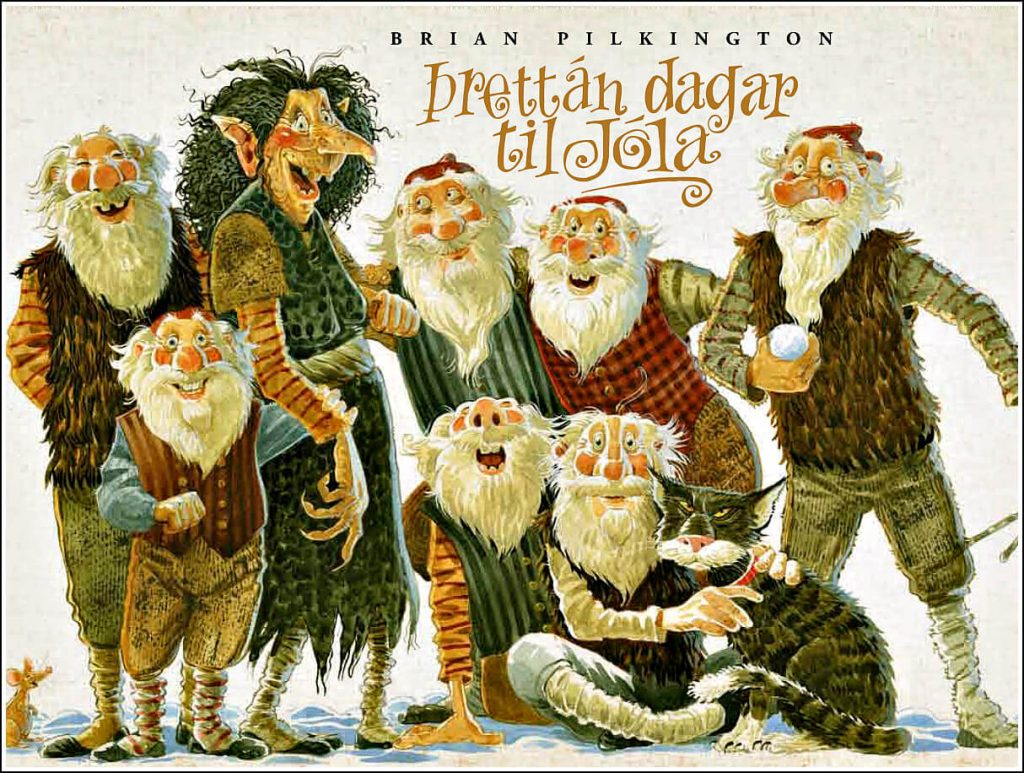
Where Are Elf Houses in Iceland? How Do You Get There?
Iceland is dotted with places believed to be inhabited by elves. Many natural formations, particularly rocks with strange shapes, caves, and even Iceland waterfalls, are believed to be the living place of elves. However, there are also man-made structures that have been inspired by elf mythology.
These are called ‘alfhol’ or elf houses, and many of these sites are accessible to visitors. Here are some notable locations where you can find elf houses in Iceland:
Close to Reykjavik
Just a 25-minute drive southwest of Reykjavik, you’ll find the town of Hafnarfjörður. This town claims to be the “Elf Captial of Iceland,” home to Iceland’s royal elf residence, Hamarinn. Hamarinn is a cliff, which visitors can walk to from the city center.
The area is a protected natural site with amazing views of the town and surrounding area. You can also visit Hellisgerdi Park (also called the elf garden) in town, which is a beautiful garden famous for its hidden elf homes. It’s believed that elves live among the lava rocks in the park, and the paths and bridges are strategically placed to avoid disturbing their homes.
Visitors can join elf walks, which start at the town’s information center and are led by local guides who share folklore about the hidden people.
If you are really into learn more about these hidden folk with elf experts, consider to take a lesson at the ‘elf school’ in Reykjavik.
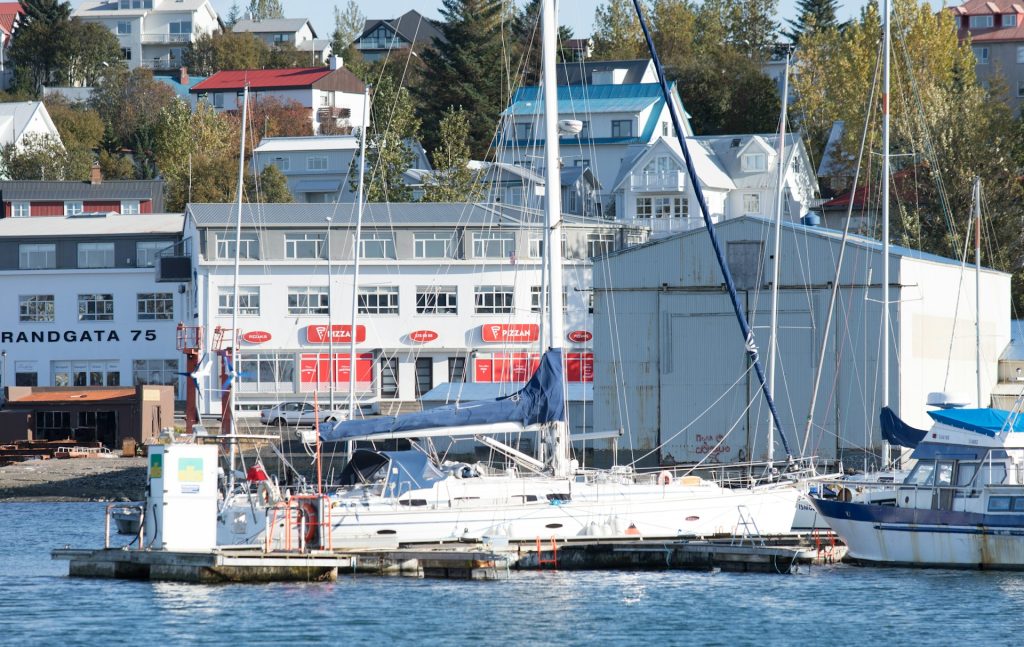
In West Iceland
Located in the Iceland Westfjords, you can find the Bjartmarssteinn Rock, which is known as the Elf Market Town. The large, rounded rock is 55 meters tall and made of volcanic rock, featuring iconic basalt and rhyolite columns that it’s hard to believe have been created naturally.
This rock is believed to be the trading post of the elves, where elf ships come and go to sell and purchase wares. This is a great stop to add to your exploration of the Westfjords area, located near the town of Reykhólar, which is about 3 hours drive from Reykjavik. We recommend renting a 4X4 vehicle when visiting the region, as there are many gravel Icelandic roads in the area.
Also in West Iceland is the Elf Cathedral, Tungustapi in Sælingsdalur. This rocky hill is believed to be a central gathering place for elves, that meet for religious ceremonies and celebrations. Stories tell of two brothers who encountered the elves here. One of the brothers was respectful to them, and lived a long life as a result.
The other brother caused a disturbance of an elf service being held inside the cathedral, and he soon after met a tragic end. The turnoff for Tungustapi is well-marked on the Route 1 Ring Road, however you will likely need a 4X4 depending on the Iceland weather conditions. Once there, visitors can hike the easy path to the summit to get some amazing views of the valley.
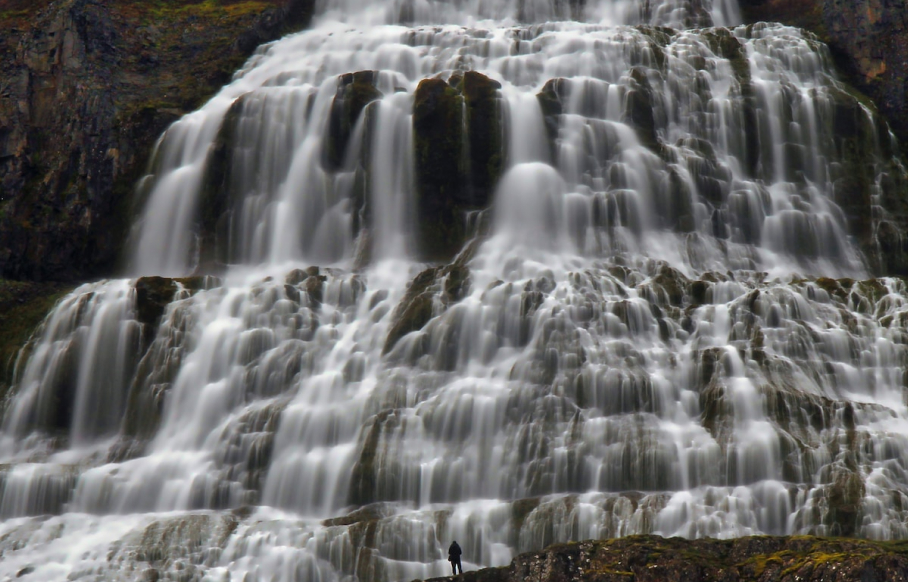
In North Iceland
Ásbyrgi Canyon a horseshoe-shaped canyon in Öxarfjörður, North Iceland, was formed by glacial floods and is often called the “Shelter of the Gods.” It’s about 38 kilometers (24 miles) east of Husavik, stretching about 3.5 kilometers (2.2 miles) in length.
According to Icelandic folklore, Ásbyrgi Canyon is a favored home for elves since the interesting shape of the canyon and its dense vegetation provide lots of hiding places for the beings. There is also the legend the canyon was formed by the hoofprint of Sleipnir, the eight-legged horse of the Norse god Odin.
The canyon is easily accessible, with a parking area and marked walking trails. The drive from Reykjavik takes about 6-7 hours, but we recommend using Akureyri or Husavik as a base to explore the rest of North Iceland. A 2WD compact or mid-size rental vehicle will suffice in the summer, but consider a 4X4 during the winter in Iceland.
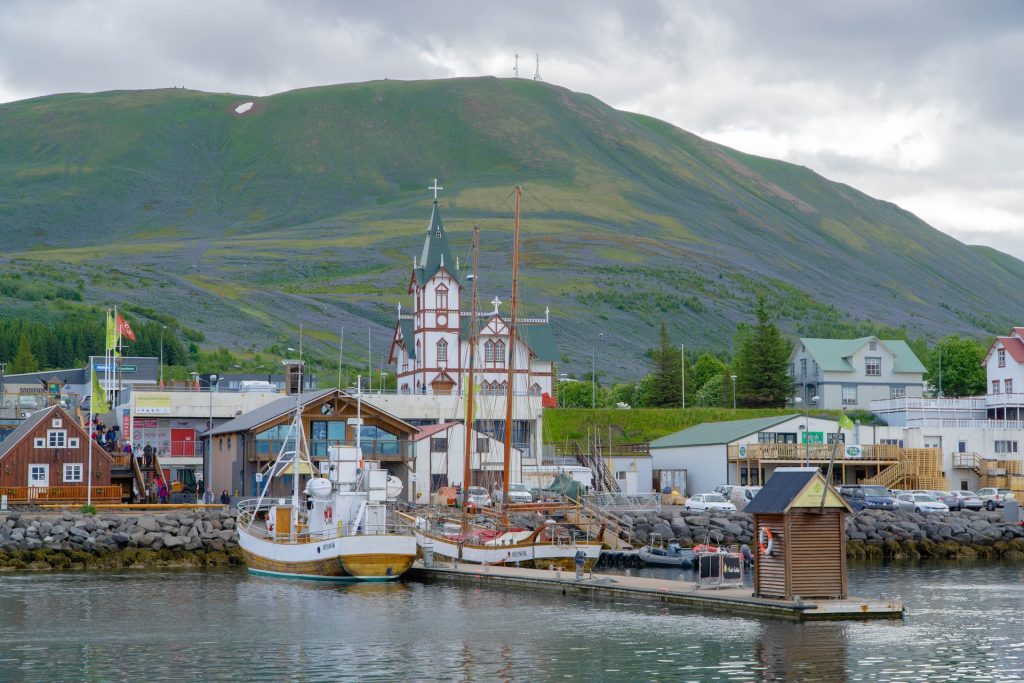
In East Iceland
If you head to East Iceland, you’ll find The Elf Palace (Alfaborg), located in the remote village of Borgarfjörður Eystri. While the exact location remains uncertain, many believe the rock formation in the mouth of the fjord is the residence of the Elf Queen and her court.
It’s pretty straightforward to locate this specific rock formation as it sits right in the center of the mouth of the fjord. It’s also an easy climb to the top, with an incredible view of the ocean and the mountains. Borgarfjörður Eystri is roughly 7 hours by car east of Akureyri. Take Route 1 east and follow signs for the village.
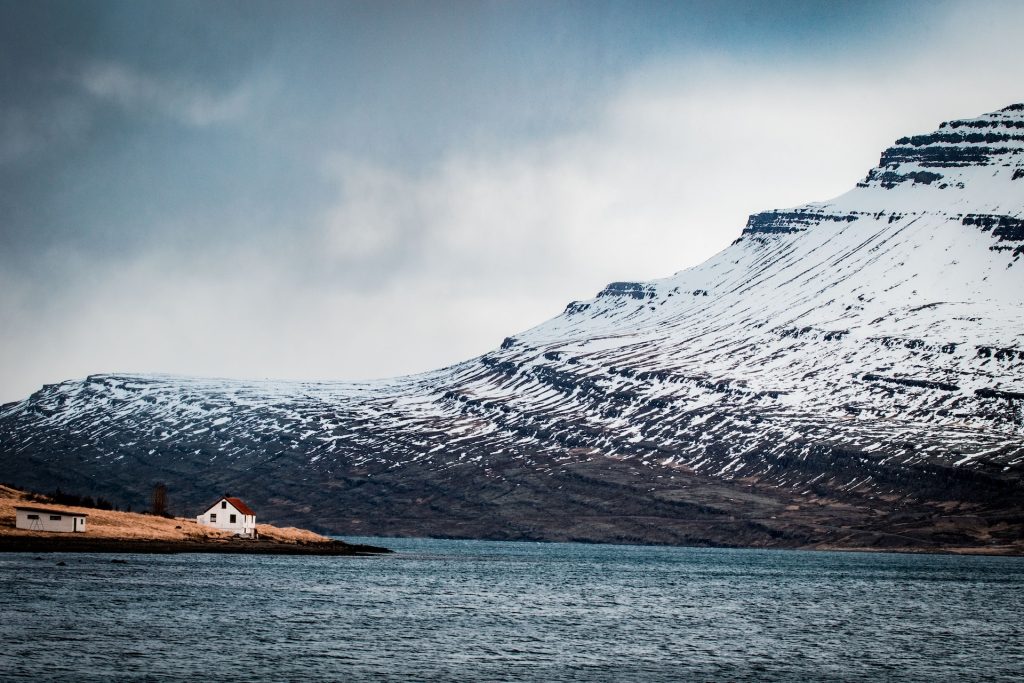
Best Rental Car for an ‘Elf’ road Trip in Iceland
Before you head out on your adventure to see any elf house in Iceland, it’s essential to have the right rental car. Each destination has unique requirements when it comes to accessibility, so your transportation will need to be considered accordingly.
Firstly, consider the season you will be visiting Iceland. Iceland’s weather is notorious for being unpredictable. The winter months will require a reliable 4×4 vehicle built for snowy and icy roads. Summer, with its milder weather and longer hours of daylight, offers more flexibility, and a compact or mid-size vehicle may be suitable.
However, a 4×4 can still be beneficial for venturing off the beaten path to explore some of the more remote hidden elf sites. Additionally, you may want to consider renting a campervan during the summer.
Road conditions in Iceland are another crucial factor. Many elf houses in Iceland are tucked away on gravel roads, so a car with good suspension and sturdy tires is essential. Checking road conditions on road.is before setting out is always a good idea.
Finally, consider your travel group’s size. A compact SUV offers a good balance of size and capability for smaller groups. Larger groups, on the other hand, might find a full-size SUV more comfortable, providing ample seating and luggage space for everyone.
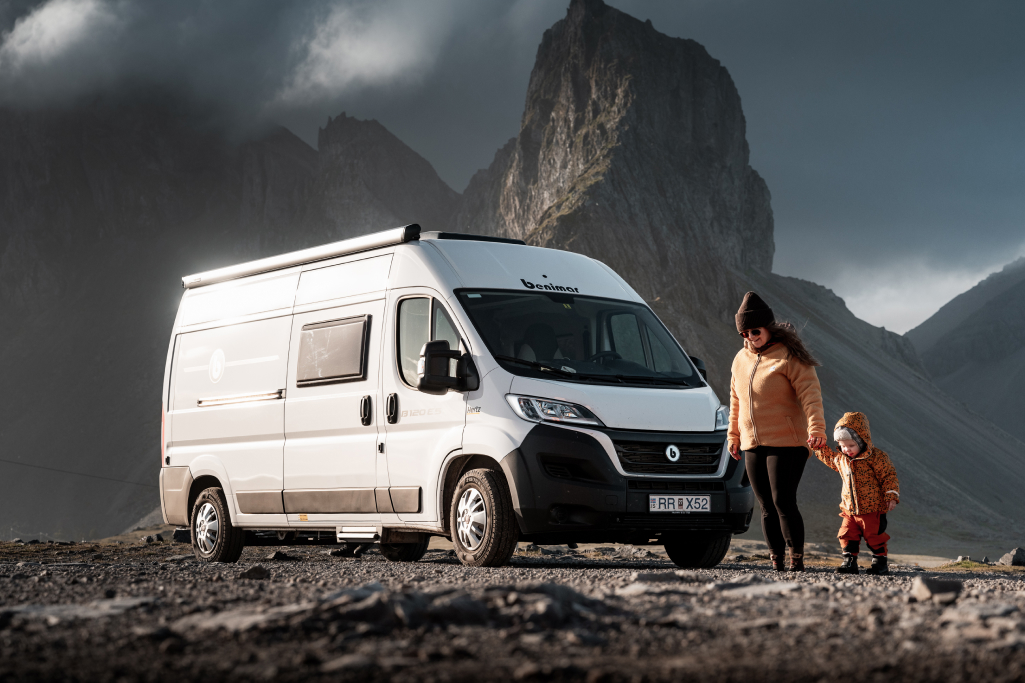
Explore Elves in Iceland
Elves in Iceland, or huldufólk, are an engrained part of Icelandic culture. From historical beliefs to hidden elf houses scattered across the country, there is a lot to discover. Many different types of elves are part of the folklore, with unique stories and characteristics.
Whether you’re visiting Reykjavik, the remote East, the rugged North, or the scenic West, you will find traces of elves throughout. Always respect the local traditions and natural sites, and choose the right rental car to ensure you and your group have a safe and comfortable journey.
Book your rental car online and in advance with Hertz Iceland, and get ready to immerse yourself in the local legends of Iceland’s elves.
